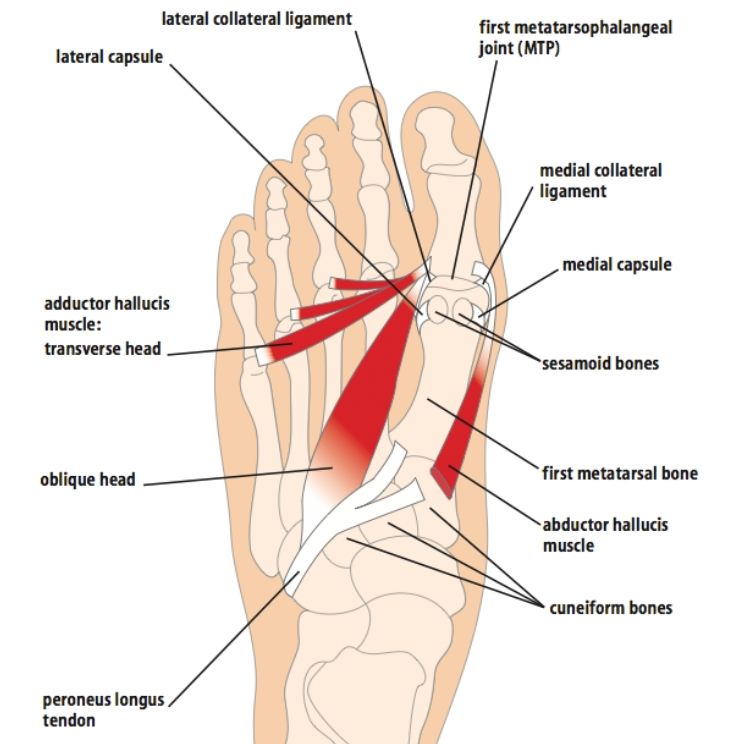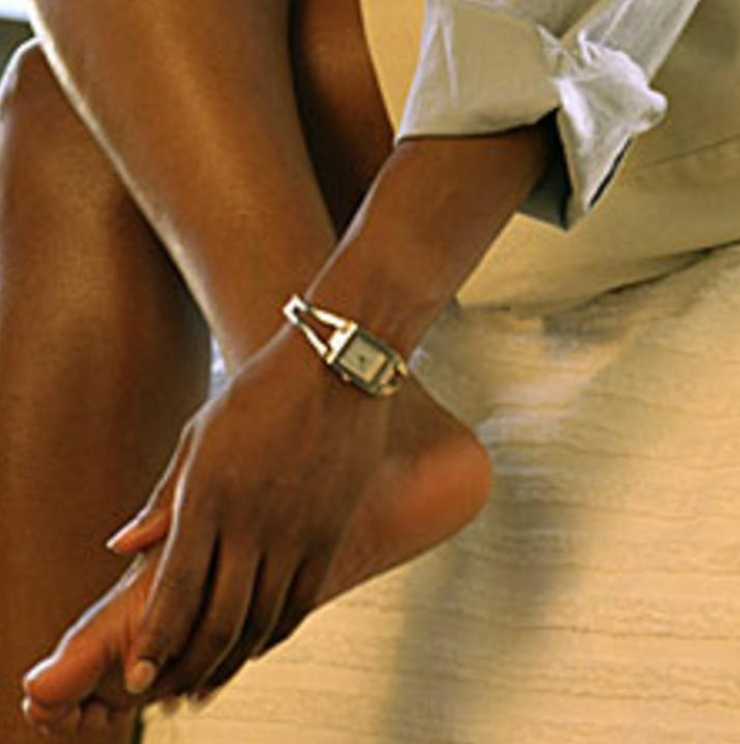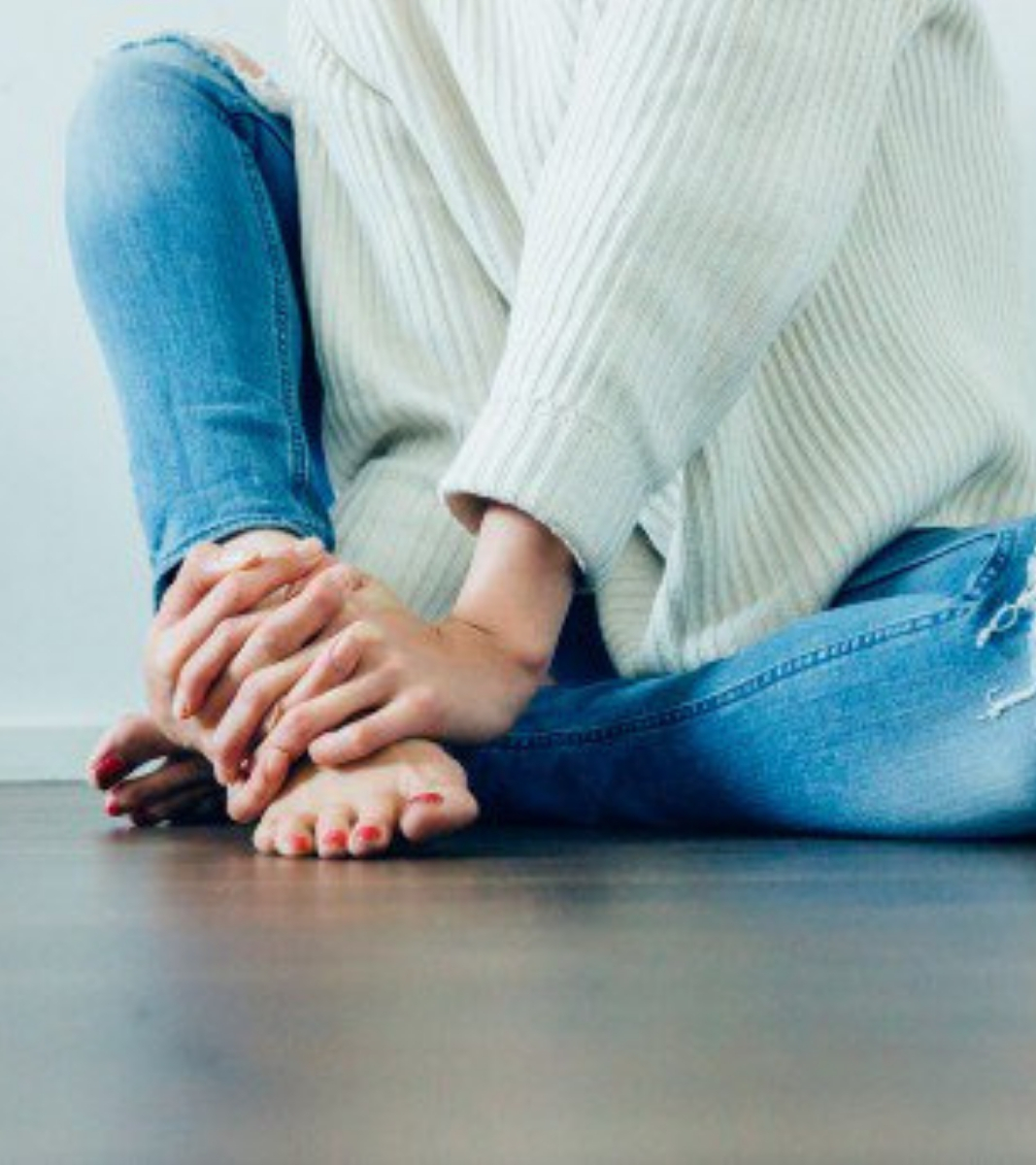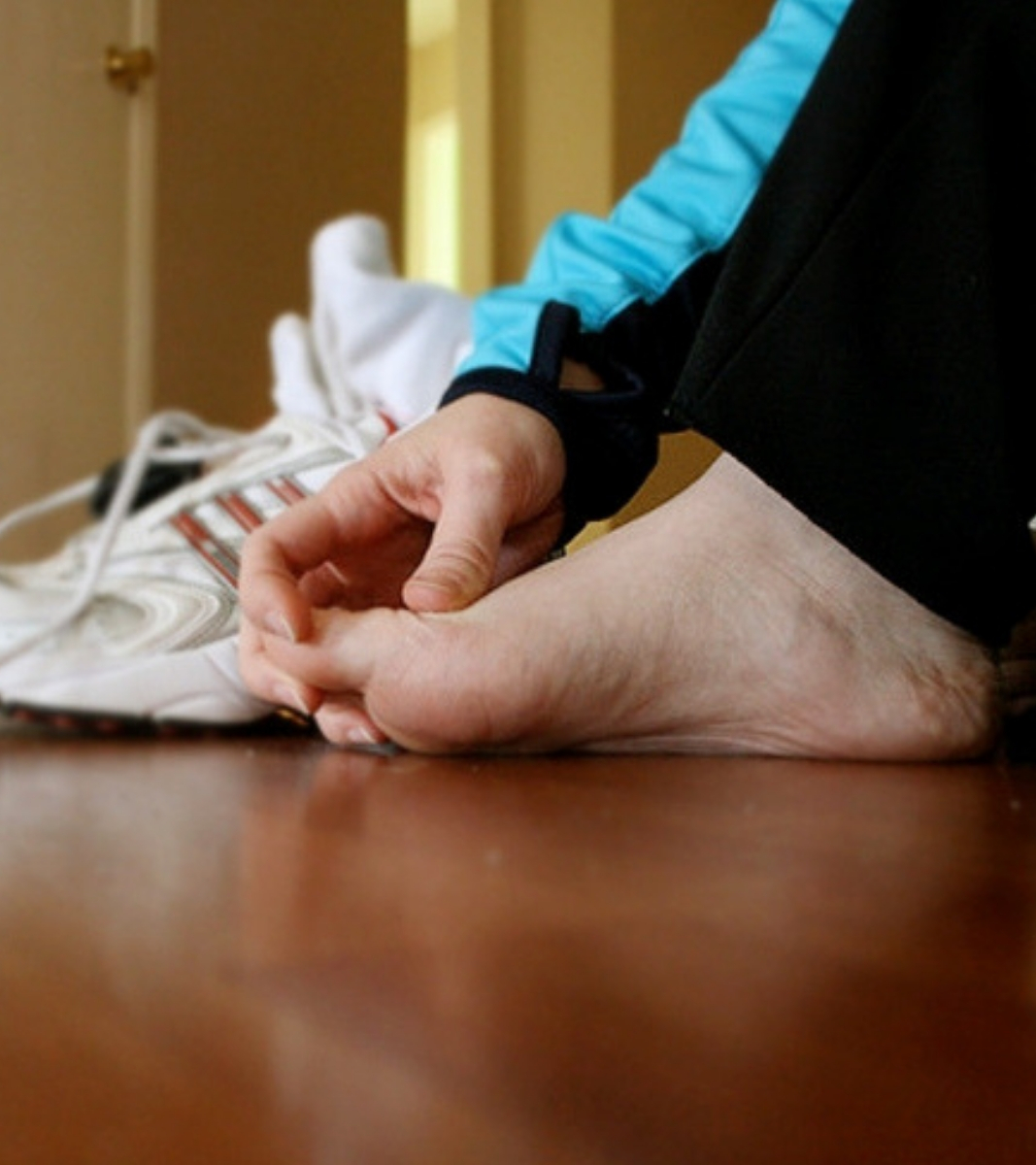Do you require any assistance? Simply reserve your appointment online below
Great toe arthritis
Regain your independence
Great toe arthritis- Anatomy of the toe
The big toe is one of five digits located on the front of the foot. It is officially known as the hallux rigidus. It is the innermost toe of tetrapods (animals that have four limbs) and is counted as digit number one.
The big toe’s function is to provide additional leverage to the foot when it pushes off the ground during walking, running, or pedaling. In conjunction with the little toe, it also assists in maintaining the body’s balance while standing.
The removal of the big toe would require the foot and ankle to be retrained to use different muscles to perform these functions.

Signs and symptoms of Great toe arthritis

The most common problems that afflict the big toe are injury through usage, bunions, and arthritis, particularly osteoarthritis.
Osteoarthritis (OA) is the most common type of arthritis, and it can affect joints anywhere in the body. When cartilage in the joints wears down, bones become exposed and rub against each other. This causes swelling and pain in the joint and can limit your range of motion.
OA generally starts slowly but worsens over time. The base of the big toe, known as the first metatarsophalangeal joint, is a common site of OA.
Even in the early stages, Great toe arthritis can cause tenderness, achiness, and joint pain. You may also feel achiness or pain in other toes or the arch of your foot as you walk. Over time, you may develop a burning sensation. An arthritic toe may ache after long periods of sitting or when you first wake up in the morning.
Overgrowth of the big toe bone can make it difficult or even impossible to bend your toe. This results in a stiff toe, also called hallux rigidus.
Arthritis causes inflammation, so you’ll probably notice some swelling around the joint of your toe. Damaged cartilage causes bones to rub against each other. Your body will attempt to repair this by growing more bone. This creates bony protrusions called bone spurs.
Difficulty walking

Causes and risk factors of Great toe arthritis
When bones rub against each other your body grows more bone in an attempt to repair the damage, creating bone spurs. These can be further aggravated by ill-fitting shoes.
Your risk of OA increases as you age. This is mostly due to wear and tear. Your body becomes less able to heal damaged cartilage as you grow older.
You are more likely to develop osteoarthritis if you have a family history of it or if you’re obese.
Hallux rigidus also may occur due to a toe injury or deformity of the foot.
Usually it develops in adults between 30 and 60 but can also occur in adolescence, and it affects more women than men.
Diagnosis of Great toe arthritis

A podiatrist can diagnose Great toe arthritis with a physical examination and, if needed, imaging tests like a bone scan, foot x-ray or MRI can help your doctor see within your foot and can help make a diagnosis.
Classifications of Great toe arthritis:
- Grade 0: Stiffness but no pain
- Grade 1: Mild pain and stiffness, normal X-Ray
- Grade 2: Moderate to severe pain and stiffness, X-Ray shows joint narrowing
- Grade 3: Nearly constant pain and substantial stiffness at extreme range of motion, X-Ray shows significant joint narrowing
- Grade 4: Same as grade 3 but pain is also present in mid-range of motion
Comprehensive treatment of Great toe arthritis
There are many conservative treatment options for Great toe arthritis , and non-surgical treatment is always the first course of action.
Your foot and ankle surgeon in Kenya at NSOC may suggest:

You are in Great Hands
Surgical treatment of Great toe arthritis

Great toe arthritis is easier to treat when caught early. If you wait until bone spurs have formed, surgery may be required.
Surgical treatment options for great toe arthritis include:
Arthroplasty (joint implant) involves removing the big toe joint surfaces and replacing them with an artificial joint. Arthroplasty can relieve pain while keeping joint mobility.
Chilectomy (cleaning up the arthritis) is surgery to remove the bone spurs and a bit of the foot bone so the toe can bend more easily. It’s usually recommended for mild to moderate damage.
Arthrodesis (fusion of the big toe joint) is usually recommended for severely damaged cartilage. Your surgical podiatrist will remove the cartilage and use pins, screws or a plate to keep the joint from moving. Eventually the bones fuse together.
Preventing Great toe arthritis
There is no single method for preventing Great toe arthritis. Keeping your feet and toes healthy will help prevent wear and tear, which is the leading cause of Great toe arthritis.
The following tips can help prevent great toe arthritis:
- Get enough exercise to keep the joints in your toes and feet limber. Regular exercise also strengthens the muscles supporting joints.
- Avoid repetitive motions and always rest if you feel pain. Injured joints are more likely to develop arthritis.
- Maintain a healthy weight, Being overweight places extra stress on your joints, especially in your feet and knees.
- Monitor your blood sugar. Type 2 diabetes doubles your risk of developing arthritis.
- You’re more likely to develop arthritis in joints that you’ve injured. Wear protective gear when you’re playing sports. Practice good lifting techniques when you’re carrying heavy objects to avoid Great toe arthritis

